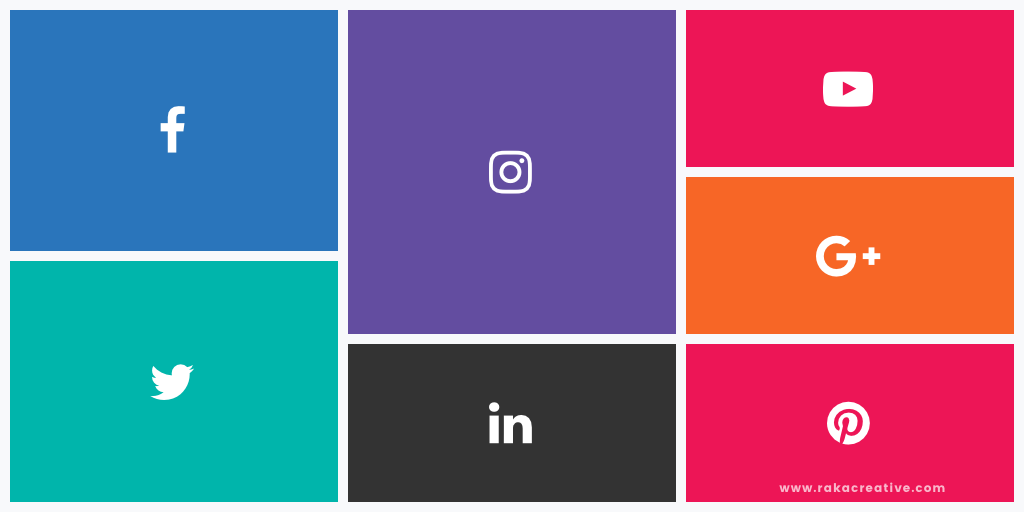
As today’s audience is the most technologically savvy group in recent years, many marketers are moving towards an Omnichannel approach. Hubspot defines Omnichannel strategy as “a multi-channel approach to marketing, selling, and serving customers in a way that creates an integrated and cohesive customer experience no matter how or where a customer reaches out.”
Why is this important? According to NiceinContact, 9 out of 10 consumers say they expect a seamless transition when moving from one communication method to another. With all the available channels to consume information, now more than ever our audiences are expecting that seamless transition as they navigate between multiple channels every day. Here are four tips on maintaining an effective Omnichannel strategy.
This goes without saying, but one of the most critical pieces to an Omnichannel strategy is knowing who your audience is. Not only their demographics, but having an understanding of what channels they prefer, how much time they spend on those, which is used more for engagement, and so on. As you get a better idea here, hone in your efforts on which channels matter most instead of trying to be everywhere.
Through your findings, map out that visitor experience in the eyes of your targeted audience. The goal here is to create a seamless experience, so deciding how that looks at each touchpoint will help maintain consistency. Say you’ve got a great Admissions Q&A video and are wondering how it can be repurposed across your channels. Using your map, see how it fits: maybe you create video teasers for Instagram, take the script over to Twitter to create a conversational FAQ session (could gather user generated content for future use), and publish for full viewing on YouTube.

It’s important to track the data that matters most to you and your audience while maintaining individual communication channels. While there are lots of tools that can track nearly everything, it is smart to outline which metrics are the most valuable and use those to continually refine, improve and test content as well as overall strategy in order to increase key performance indicators (KPIs).
Not only can your data tell you which content is performing the best and where, it can also help you understand behavior for different stages in the visitor journey. This can be crucial in providing relevant and personalized content resulting in increased engagement chances. Again, keep the metrics simple, too much data can complicate things. The end goal here is to have a pulse check in-order to support fresh, engaging experiences that encourages continued movement in the visitor journey. Let’s think back to the Admissions Q&A video. How can we take learning's and evolve as our audience moves through the funnel? Maybe the KPIs tell us we should turn that into a monthly podcast.
As your website likely serves as your main resource hub, ensure the branding across all channels matches the look and feel. Not only that, it maintains the brand voice in your messaging. Every time a visitor has an interaction, your organization's overall identity should be supported.
While it’s likely there are many cooks in the kitchen as it comes to these different channels, providing internal resources and guidelines that can be followed when creating content is useful. Also, having a content library can help launch your efforts and will grow with your strategy.
While planning to publish content across multiple channels, you want to remember that not every channel is the same. Even if the message is the similar, the delivery will be different. Knowing this, create content with each channel in mind and test to make sure your content is optimized for each channel. What you create for Twitter may not work for Linkedin and vice versa. Throughout all the different channels, there are image restraints, character counts, video features and more.

The Omnichannel approach may not be brand new, but is becoming increasingly popular. For the most part, today's audience not only expects this -they demand it. Just like these communication channels, your strategy will be ever evolving and growing. Maintaining that seamless experience will ensure you stay connected, relevant and engaged.
Last Updated: Apr 13, 2021 11:00 AM